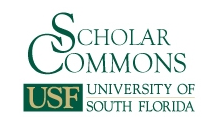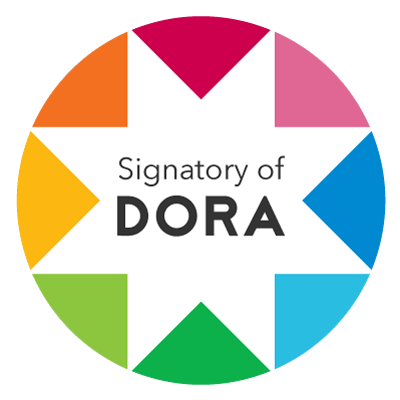Abstract
The article analyzes the structure, scripts, and procedural logics behind the violent practices in S-21, the central prison of the Khmer Rouge, as a liminal power regime. The institution’s violent practices and operations served to reveal a “Vietnameseness” and/or otherness within the victims and to prove not only their guilt regarding a singular crime but also a long history of treason and collaboration with the Vietnamese, as well as a moral shortcoming that put them outside their own imagined Khmer moral universe and made them part of a larger scheme. The initial and—for the ideology of the revolution—problematic sameness of the victims needed to be reshaped into a profound otherness in terms of thinking, lifestyle, and biography. The process of interning, torturing, and turning subjects into enemies in S-21 (and beyond) resembled a transformative ritual, a violent and enforced rite of passage into a new symbolic status.
Acknowledgements
This paper is the product of a comparative research project at the University of Siegen, Germany, about body knowledge and torture practices under the supervision and leadership of Prof. Dr. Katharina Inhetveen funded by the German Research Foundation. The theoretical framework and research design of this paper is in many ways the result of this collaborative work and discussion, with additional members of the research project working on Guantanamo and Abu Ghraib (Max Breger), as well as Chile and Argentina (Christina Schütz). I am deeply thankful for the support provided by Ben Kiernan, David Simon, and Eve Zucker at the Genocide Studies Program at Yale University, where I was hosted as a visiting fellow for three months to study the archive (including Ben Kiernan’s personal collection) and engaged in fruitful discussions about torture and violence under the Khmer Rouge, among other topics. I would also like to thank Youk Chhang and Ros Sampeou at DC-Cam, the team at the Legal Documentation Center of the ECCC, Kosal Path from Brooklyn College, Barbara Thimm at the Tuol Sleng Genocide Museum and Archive, and Kim Hour Seng and Ratanak Khun for assisting me with documents and in the field. Finally, two reviewers—and one in particular—at the very last moment prevented an embarrassing loss of face on my part.
DOI
https://doi.org/10.5038/1911-9933.14.3.1768
Recommended Citation
Bultmann, Daniel
(2020)
"S-21 as a Liminal Power Regime: Violently Othering Khmer Bodies into Vietnamese Minds,"
Genocide Studies and Prevention: An International Journal:
Vol. 14:
Iss.
3:
11–26.
DOI:
https://doi.org/10.5038/1911-9933.14.3.1768
Available at: https://digitalcommons.usf.edu/gsp/vol14/iss3/5
Creative Commons License

This work is licensed under a Creative Commons Attribution-Noncommercial 4.0 License



